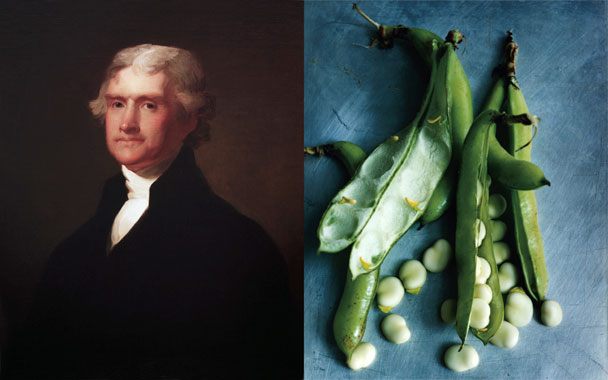
Left image by Bettman/Corbis; Right Photograph by John Kernick
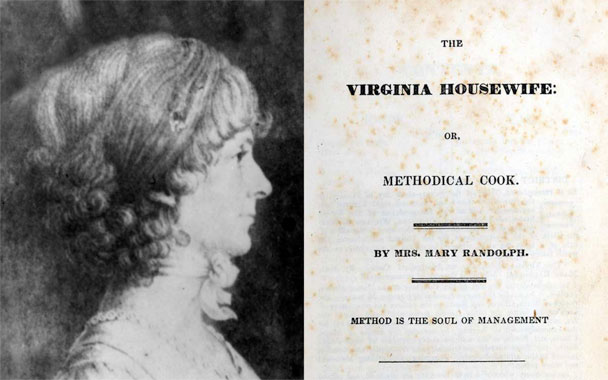
Left image Courtesy of The Library of Virginia
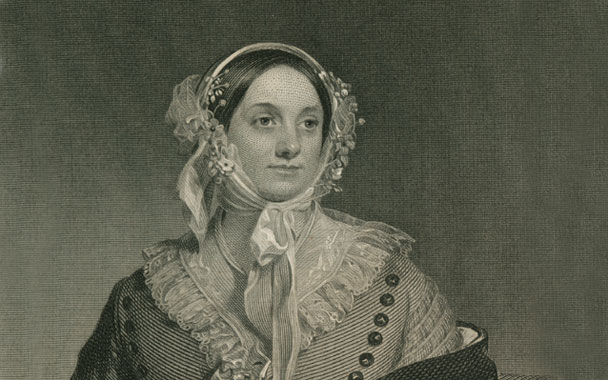
Image Courtesy of The Library Company of Philadelphia
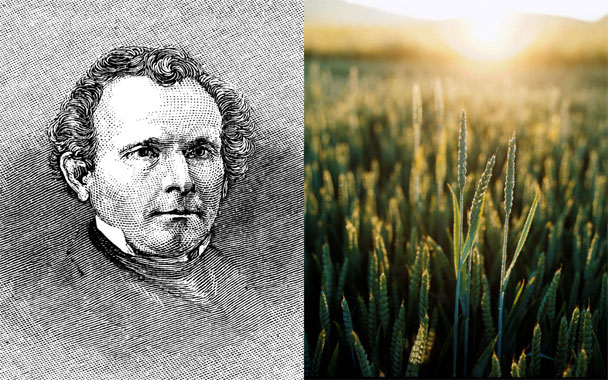
Left Image Courtesy of The Granger Collection; Right photograph by Cannon Brown
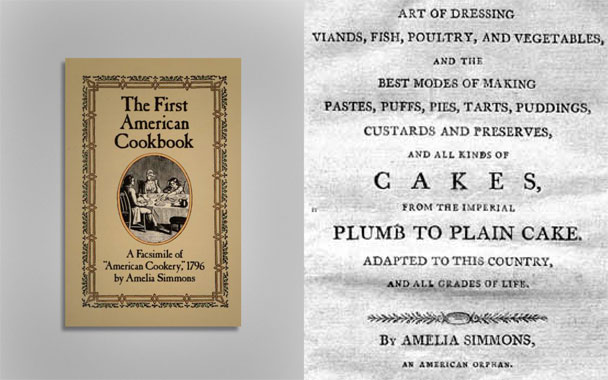
Images Courtesy of Michigan State University
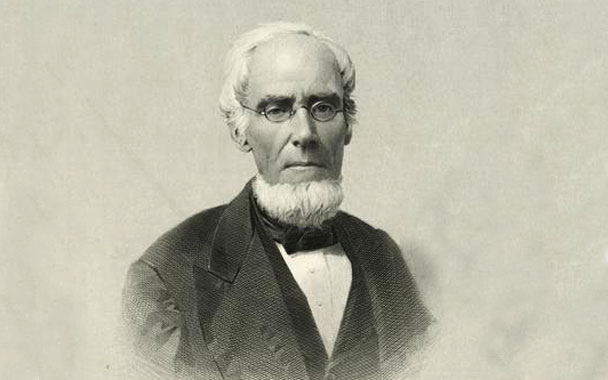
Image Courtesy of NYPL Digital Gallery, The New York Public Library
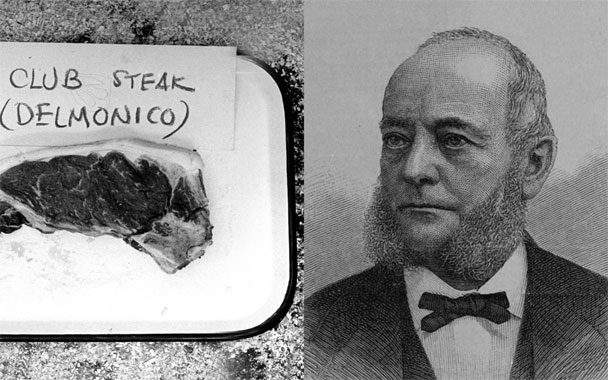
Left Photograh by Time & Life Pictures/Getty; Right Photograph Courtesy of NYPL Digital Gallery, The New York Public Library
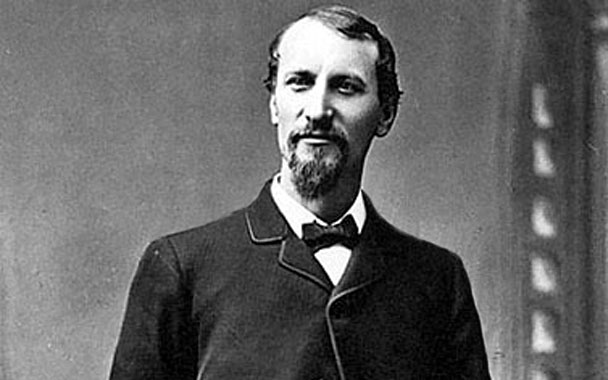
Photograph Courtesy of the Fred Harvey House
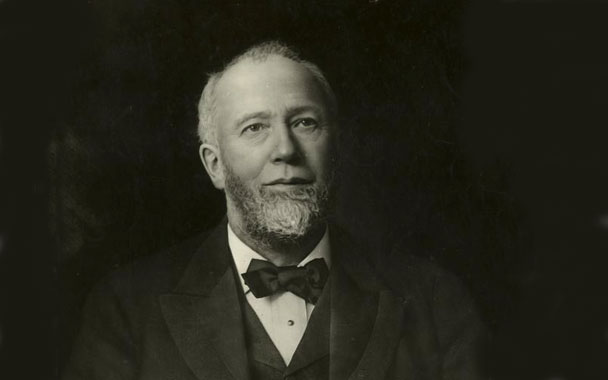
Image Courtesy of NYPL Digital Gallery, The New York Public Library
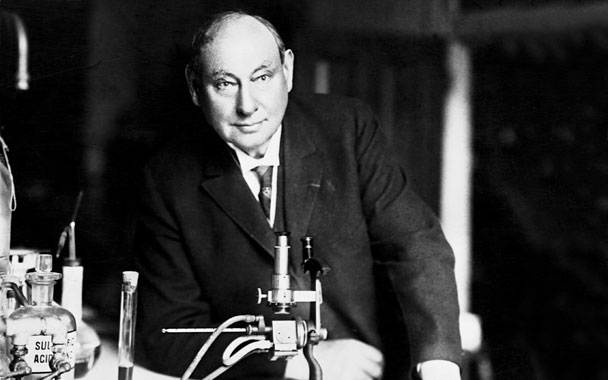
Photograph by B.M. Clinedinst/ Corbis
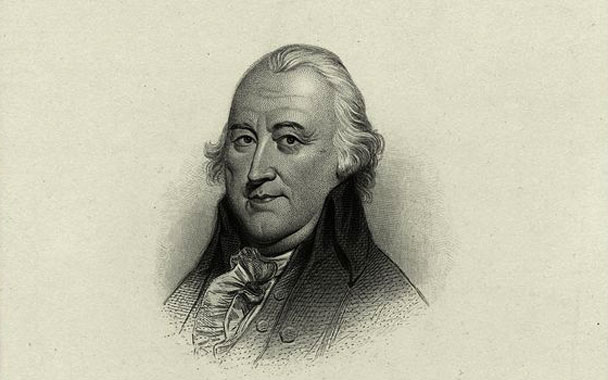
Image Courtesy of NYPL Digital Gallery, The New York Public Library
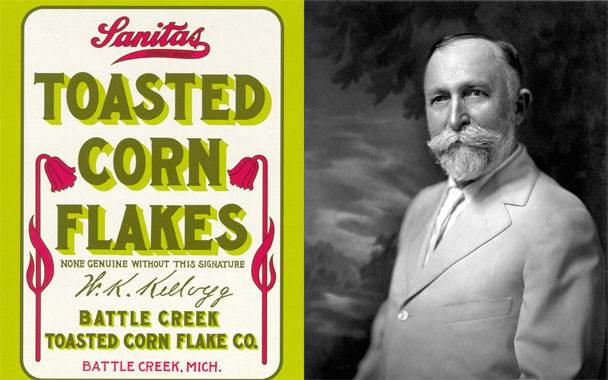
Left Image Courtesy of The Kellogg Company; Right Photograph by Corbis
Photograph by Bettmann/Corbis
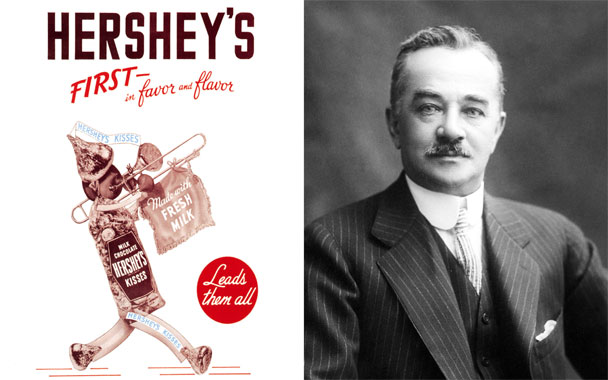
Left Image Courtesy of The Hershey Company; Right Photograph by Bettmann/Corbis
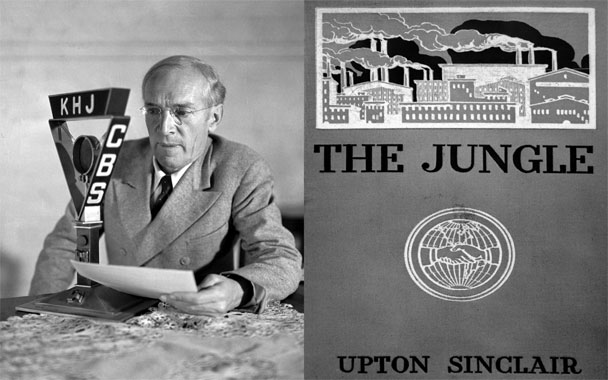
Left Photograph by AP Photo; Right Photograph by Bettmann/Corbis
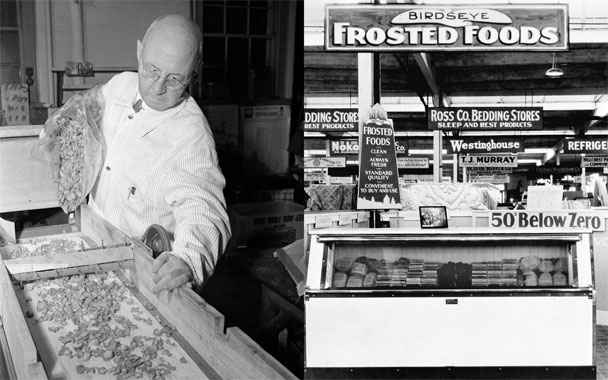
Left Photograph by Bettman/Corbis; Right Photograph Courtesy of Birdseye
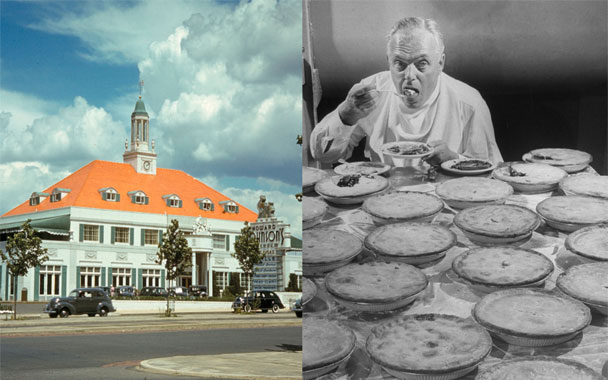
Photographs by Time & Life Pictures/Getty
Photograph by Time & Life Pictures/Getty
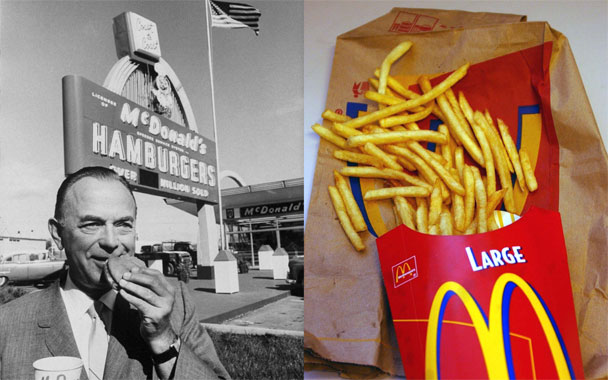
Left Photograph by Time & Life Pictures/Getty; Right Photograph by AP Photo/Rich Kareckas
Photograph by Time & Life Pictures/Getty
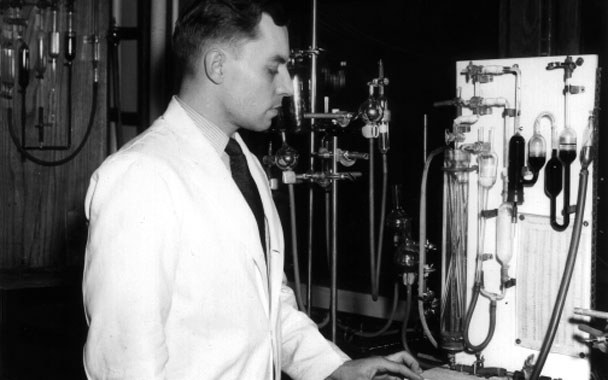
Photograph Courtesy of University of Minnesota
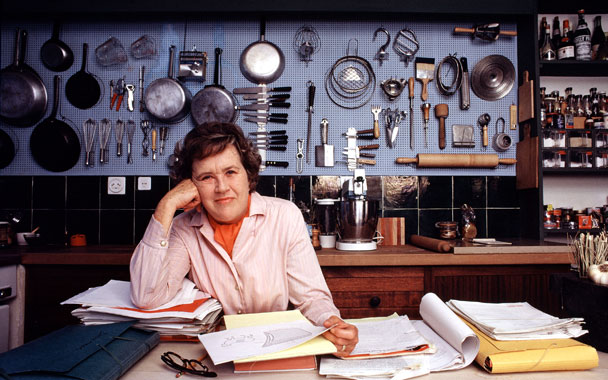
Photograph by Arnold Newman/ Getty
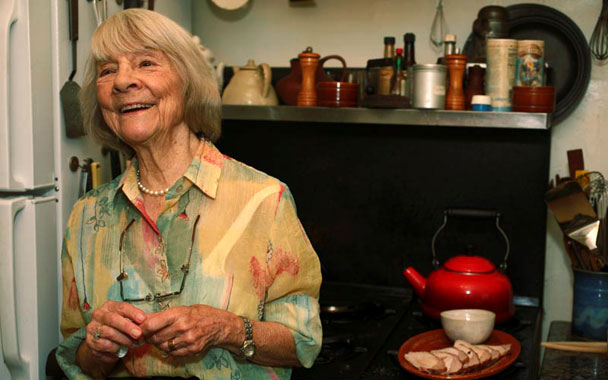
Photograph by Chester Higgins Jr/ Redux
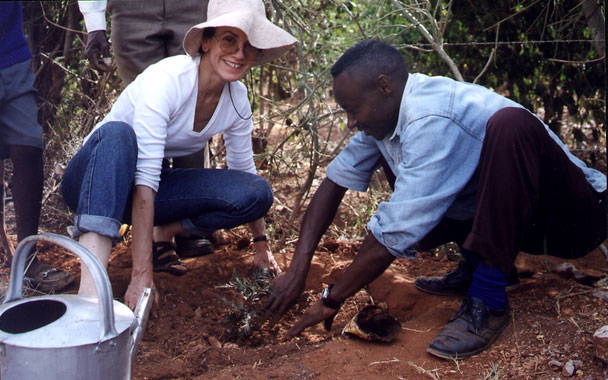
Photograph by Anna Lappé

